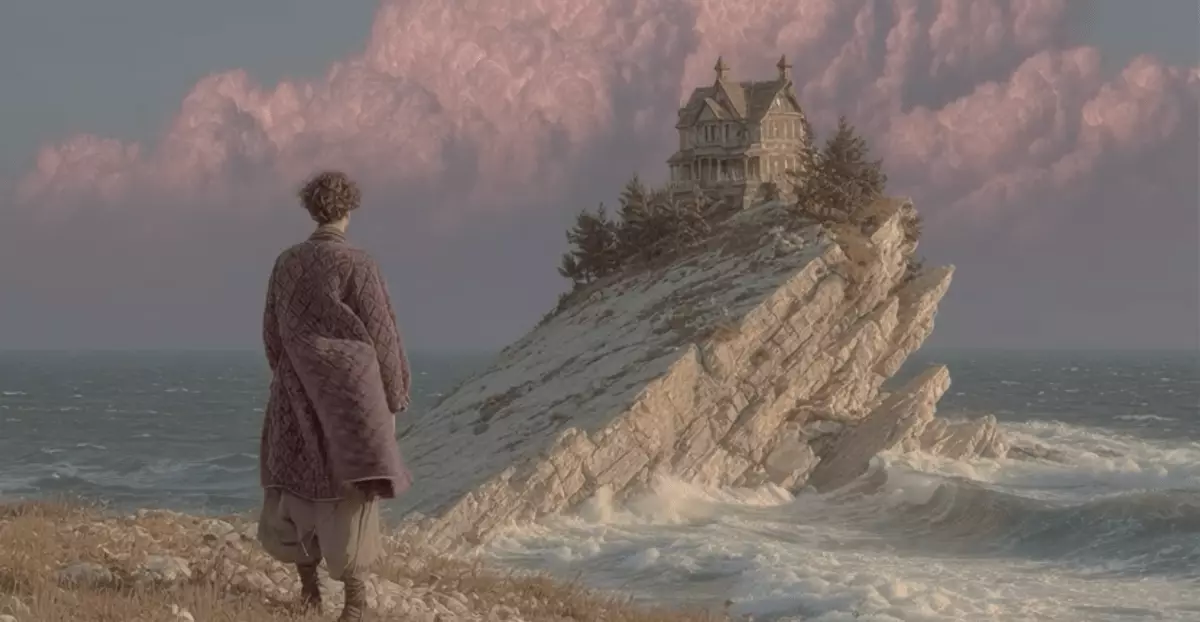The realms of creativity have progressively expanded with the advent of artificial intelligence, and Midjourney is at the forefront of this evolution. Recently, the platform unveiled its inaugural AI video generation tool that can breathe life into static images, allowing users to produce short clips that animate their visual inspirations. This rollout signifies a monumental shift in how we interact with digital content, showcasing the interplay between art and cutting-edge technology. As users upload images, they can harness the “animate” feature to morph them into brief animations, furthering their potential for storytelling and expression.
What makes Midjourney’s offering particularly intriguing is its user-centric design. By pressing an “animate” button after creating an image, individuals can generate a five-second video clip based solely on a text prompt. This simplicity invites creativity from users who may not have extensive experience in animation or video editing. In addition, there is the option to extend the animation duration, allowing the creation of up to a 21-second visual narrative. The introduction of both high and low motion settings also empowers users to engage with varied artistic styles, either keeping the camera still or allowing it to move dynamically alongside the subject.
AI: A Double-Edged Sword in Creative Ventures
Despite the excitement around this technological advancement, it is paramount to address the ethical considerations surrounding AI-generated content. Midjourney is not without controversy; it currently faces accusations from industry giants such as Disney and Universal, who claim that the platform enables the generation of unauthorized copies of their copyrighted works. This legal battle raises significant questions about ownership, originality, and the responsibilities of technology developers in preserving the integrity of creative fields.
In an age where AI can create endlessly iterative visual content, the lines become blurred between inspiration and imitation. This dilemma poses a critical examination of how we define creativity in an era dominated by algorithms. Investors and artists must grapple with the reality that while such tools can enhance creative expression, they can also serve as a conduit for potential infringement on existing artistic material. It underscores the necessity for frameworks and guidelines that can safeguard intellectual property while promoting innovation.
Subscription Models and Accessibility
Midjourney’s current video generator functionality is exclusively available on its web platform and Discord server, operating under a subscription model. For $10 per month, users gain access to approximately 3.3 hours of “fast” GPU time, which equates to around 200 image generations. However, the indistinct pricing structure—charging roughly eight times more for video tasks than for images—could be a deterrent for casual users who seek to experiment. This pricing paradigm indicates a prioritization of higher-value services and may alienate budding artists who could otherwise benefit from the opportunity to create.
As with any art form, accessibility is key to nurturing a vibrant creative community. The costs associated with high-demand services can restrict participation, creating gatekeeping dynamics that limit who can engage with these powerful tools. Moving forward, Midjourney must consider strategies that allow wider access without compromising the financial viability of their services.
Future Directions and Competitive Landscape
Midjourney’s video generation feature is described as merely a “stepping stone” towards more advanced capabilities, including real-time open-world simulations. Such ambitions position Midjourney within an increasingly competitive landscape, alongside established players like Google, OpenAI, and Meta, which have also ventured into AI video generation. Each entity is racing to innovate and capture user imagination in various ways, but what remains to be seen is how they will navigate the ethical minefields that accompany this rapid advancement.
In this burgeoning field, the emphasis on developing real-time, responsive AI experiences could revolutionize not just personal storytelling but also the broader landscape of film and entertainment. As advancements continue, it will be essential for technology leaders to create spaces conducive to collaboration rather than competition. The true potential of these tools lies in their ability to enhance human creativity, not replace it. With thoughtful implementation, Midjourney can lead the charge into an exciting new frontier, transforming how we interact with visual narratives and each other in the process.

